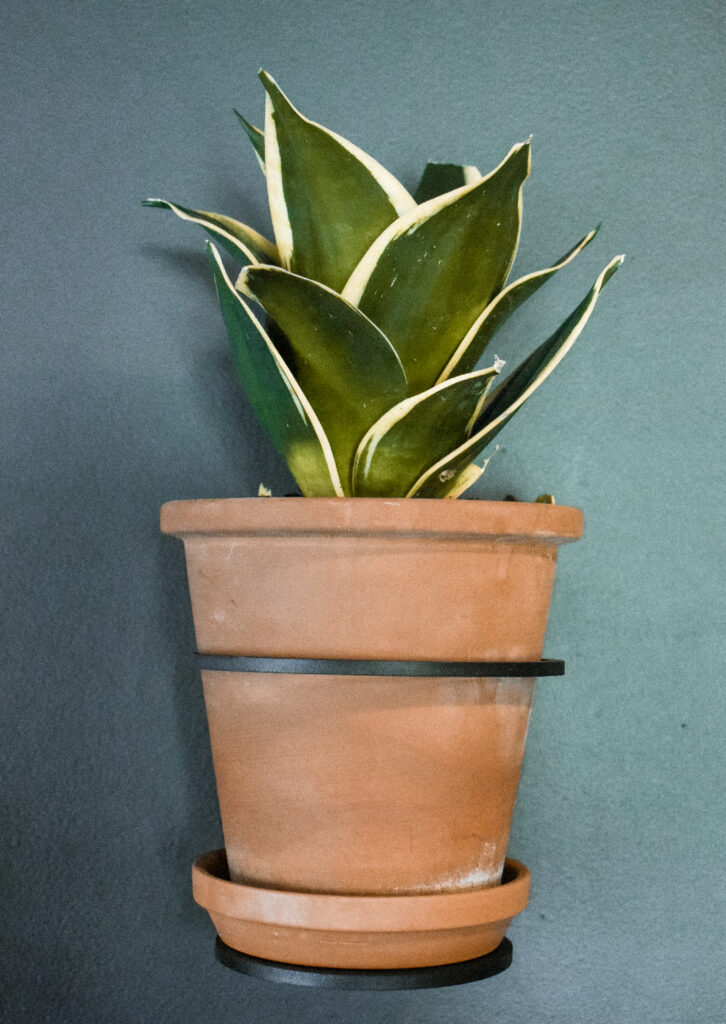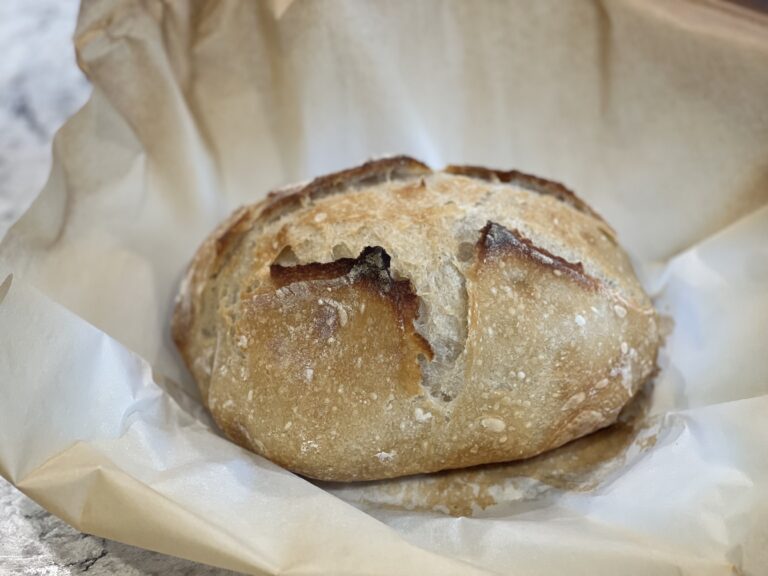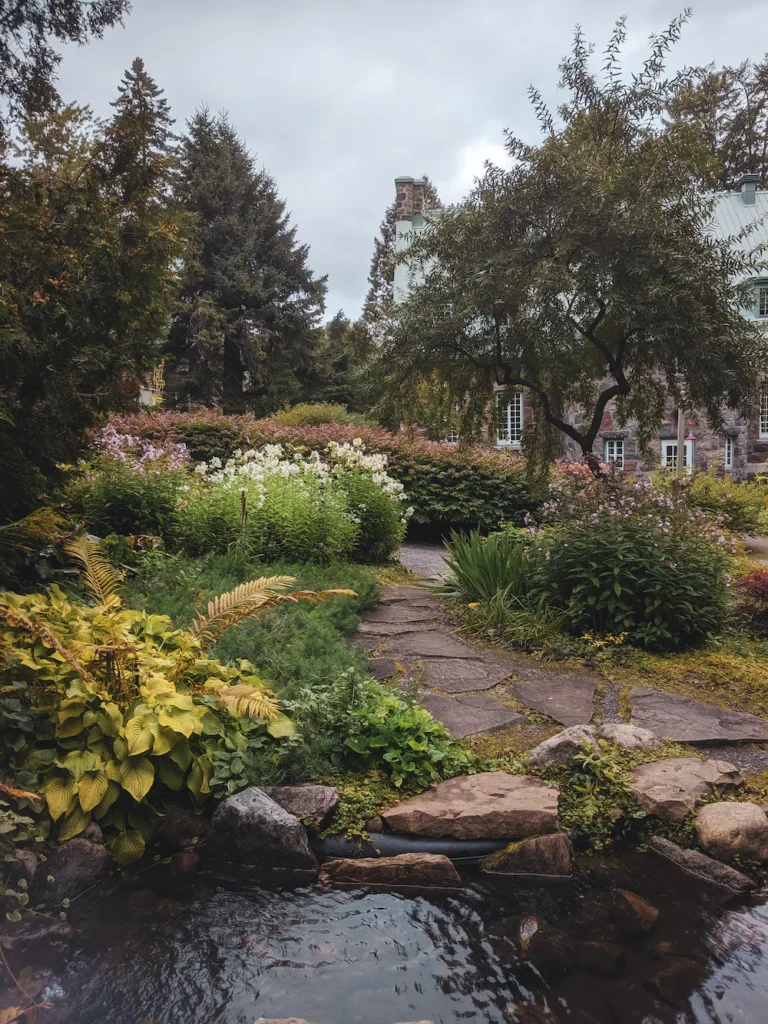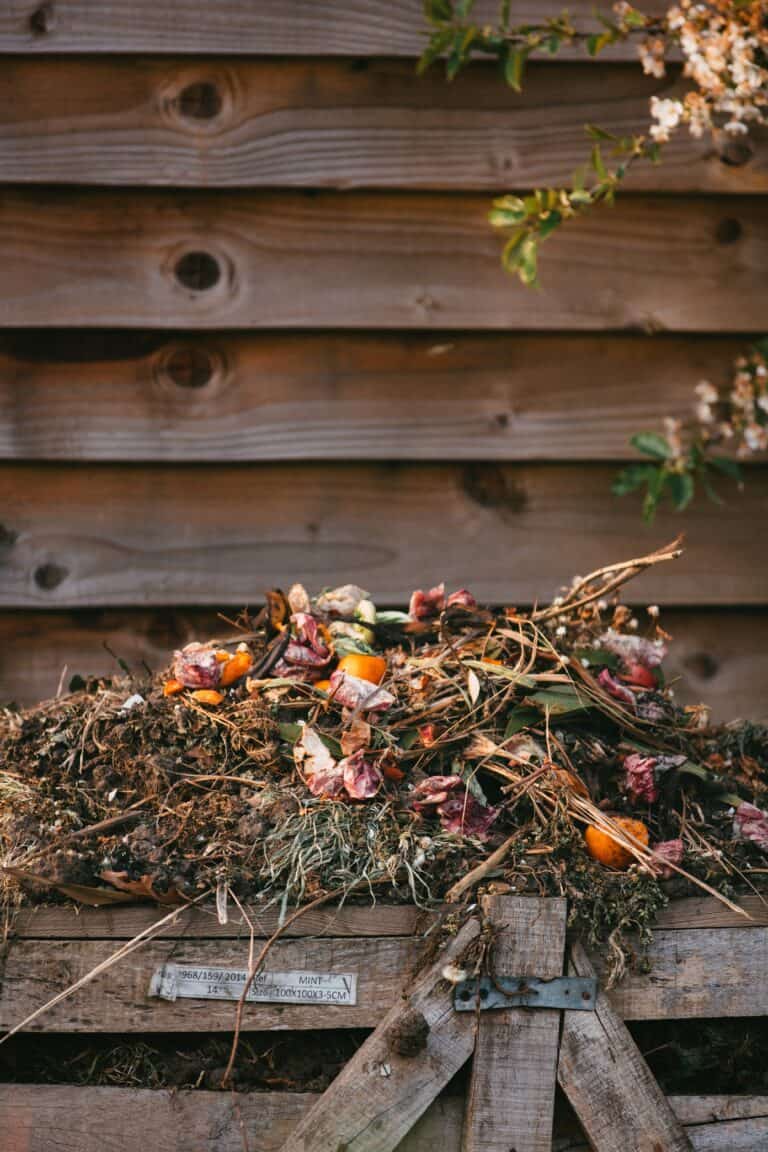10 Winter Homesteading Tasks
To Keep You Busy Until Spring
We are officially past the winter solstice! Even though it doesn’t always feel like it, the days are getting a little longer each day. What does a homesteader do in the middle of winter with no garden to grow? Today I’m sharing ten winter homesteading tasks that are keeping me busy until garden planting season in spring.

1
Plan Your Spring Garden
Even though spring planting is still several months away, you can definitely start planning for your garden now. Start by taking inventory of last summer’s garden. What went wrong, and what went right? What crops failed, and what crops thrived? Journal these things so that you can remember details that will evade you before spring.
Next, get your garden plan for spring down on paper. Make a list of the vegetables and herbs you’d like to grow, and draw out where to plant them. For an easy template and complete instructions, you can pick up my free garden planning guide here!
Finally, take inventory of all the seeds you’ll need for your spring garden, and compare to your plan. Make a list of all seeds you’ll need to purchase this winter to get a head start on your spring planting. This is also a good time to make a list of what veggies can be started indoors and which ones you’ll direct sow.
2
Learn a New Skill
The internet is so full of free tutorials now, and there’s no time like the present to learn a new skill. I taught myself to knit last fall, and I’ve also been sharpening my crochet skills. Winter is a great time to slow down and learn something new. Skills like playing a new instrument, baking sourdough bread, or food preservation are only a few clicks away!

3
Tend Your Houseplants
If your houseplants are looking a little neglected this winter, now is a great time to tend to them. While winter isn’t an ideal time to repot your plants, it’s a great time to keep up on watering, prune as necessary, and provide extra humidity. When plants are cooped up inside with the heat on, it’s easy for them to get crispy leaves and fried arial roots. Add a humidifier under them for a boost of humidity, or surround them with a pretty cloche to contain moisture. If you need some tips on selecting easy houseplants, click here.
4
Prepare Freezer Meals
Spring will be here before you know it, and then you’ll be busy with the garden, baby chicks, or spring foraging. Now is a great time to prepare freezer meals to make your spring days a little easier. Whether you spread it out by adding one or two easy meals to your freezer each week, or make a day of it and knock out a month’s worth of meals on a Saturday, your future self will thank you.
5
Indoor Seed Starting
January, February and March are great months to start seeds you’ll need for your spring garden. This is a great website I use to tell me when to start seeds indoors based on my growing zone and last frost date. If you have a greenhouse you can use it to start your seeds. I use a set of shelves with grow lights for mine. It’s nice to have a jumpstart on my spring garden by planting seedlings instead of seeds in May.

6
Prune Fruit Trees
The trees in your orchard are dormant in the winter, which makes it a great time to prune them. Trimming away dead or diseased branches not only helps in preventing the spread of pests and diseases but also directs the tree’s energy towards the healthy, budding branches. Winter pruning stimulates new growth, ensuring a robust and well-shaped canopy for better sunlight penetration during the growing season. This process also allows for improved air circulation, reducing the risk of fungal infections.
7
Equipment Maintenance
Winter upkeep for homesteaders involves some targeted care for essential equipment. Begin by cleaning and oiling the joints of tractors and plows, ensuring they’re primed for winter tasks. Store smaller tools in a dry space to prevent rust. Pay attention to tire inflation for smoother operations, and don’t overlook power tools—give them a touch of lubrication and a sharp edge. And don’t forget about your kitchen tools! Use vinegar to remove scale and buildup from your kitchen appliances and sharpen your knives. This focused maintenance guarantees that when the snow thaws, your equipment is geared up for action without any setbacks.

8
Reading and Research
Winter unfolds as the ideal season for homesteaders to cozy up with a hot beverage and dive into reading and research. With the homestead in a temporary slowdown, the cold months offer the perfect opportunity to expand your knowledge and explore new ideas. Whether it’s delving into innovative farming techniques, perusing sustainable living strategies, or getting lost in the pages of homesteading literature, the winter lull provides a welcome pause to invest in self-education.
9
Community Engagement
Winter brings a unique charm to community engagement for homesteaders. With the gardens resting and outdoor chores taking a breather, it’s an excellent time to gather with fellow homesteaders. Cozy potlucks, barn-raisings, and shared stories around a crackling fire create a sense of camaraderie. Winter fairs and local markets also flourish, offering a chance to swap seeds, and tips. Or start a garden club! You can read all about how to do that here.
10
Winter Foraging
Believe it or not, winter foraging is like finding a foodie jackpot for homesteaders. From hardy greens to mushrooms and berries, Mother Nature has you covered. And there’s something strangely magical about strolling through a snow-covered landscape.
And there you have it – your go-to winter homesteading checklist. Embrace the season’s slower pace, enjoy community moments, and spice things up with a bit of winter foraging. Winter isn’t just a break for the homestead; it’s a canvas for planning, creativity, and a touch of R&R.





